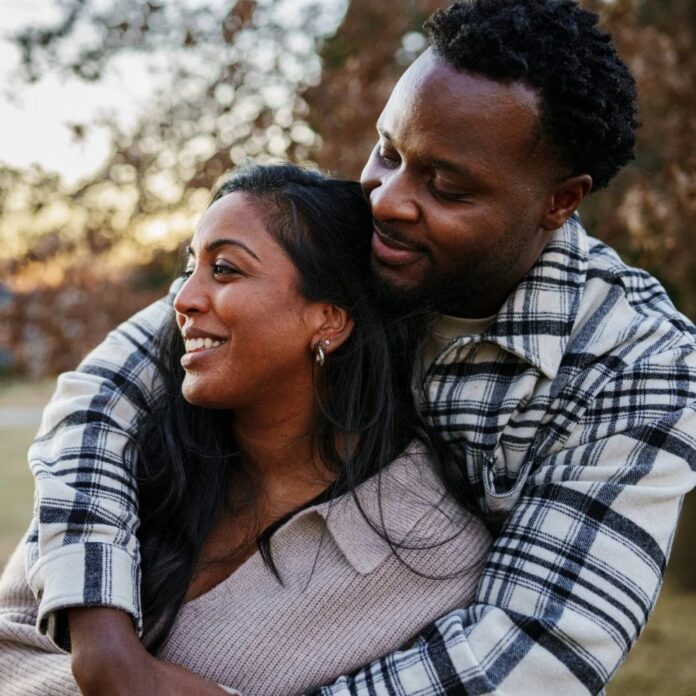We’ve all encountered those relationships that feel undeniably safe. Partners in these connections don’t panic over a delayed text or withdraw emotionally during conflict. Instead, they navigate disagreements calmly, express their needs openly, and maintain healthy boundaries without feeling cold or distant. This groundedness isn’t magical; it often stems from secure attachment—a fundamental pattern of relating that develops in early childhood but can be nurtured throughout life.
While we might intuitively understand the appeal of this kind of connection, understanding what it truly entails and how to move towards it can feel elusive. Secure attachment isn’t about perfection or always saying the “right” thing; it’s about being able to show up authentically in relationships, weather emotional storms without losing your sense of self, and trust that your needs matter.
How Secure Attachment Shapes Relationships
Attachment theory, pioneered by psychologists John Bowlby and Mary Ainsworth, explains how our early experiences with caregivers shape our expectations and behaviors in close relationships later in life. Think of it as an internal blueprint formed through childhood interactions: Are caregivers consistently responsive to our needs? Do they provide a secure base from which to explore the world?
Based on these early experiences, we develop attachment styles—broad patterns of relating that influence how we navigate intimacy, trust, and conflict. The four primary attachment styles are:
- Secure: These individuals tend to be comfortable with both closeness and independence. They communicate openly, manage emotions effectively, and can handle conflict constructively.
-
Anxious: Those with an anxious attachment style often crave closeness but fear abandonment or rejection. They might become clingy, overly dependent, or preoccupied with reassurance in relationships.
-
Avoidant: People with avoidant attachment value independence and emotional distance. They may struggle to express vulnerability, pull away during conflict, or prioritize self-reliance over connection.
- Disorganized: This style is characterized by a mix of anxious and avoidant behaviors, often stemming from early trauma or inconsistent caregiving. Individuals might exhibit unpredictable patterns in relationships, swinging between clinging and distancing.
While these styles typically emerge in childhood, they are not set in stone. Through self-awareness, conscious effort, and often the support of therapy, individuals can evolve towards a more secure attachment style throughout adulthood.
Building Secure Connections: 8 Steps Towards Greater Emotional Stability
If you recognize patterns of anxiety, avoidance, or emotional disarray in your relationships, know that it’s possible to cultivate a more secure way of relating. This journey involves unlearning old, protective strategies and building new skills for navigating connection with greater ease and authenticity. Here’s how:
-
Become an Attachment Detective: Notice your reactions in relationships. When do you feel most triggered? Do you panic when someone doesn’t text back immediately? Do you withdraw when things get emotionally intense? These triggers are valuable clues to understanding your attachment patterns. Journaling, therapy, or honest conversations with trusted friends can help shed light on these tendencies.
-
Master the Art of Self-Regulation: Securely attached individuals aren’t immune to strong emotions; they’ve simply developed tools for managing them effectively. Start by practicing basic self-soothing techniques: Take deep breaths when you feel overwhelmed, go for a walk, engage in calming activities that ground you in your body. Labeling your emotions (“I’m feeling anxious right now”) helps create space between the feeling and an impulsive reaction.
-
Reframe Conflict as Connection: If conflict feels like a threat rather than an opportunity for growth, consider why. Early experiences might have taught you that disagreements mean danger or rejection. Remember, secure relationships view conflict as normal and even reparative when handled constructively. Practice using “I” statements to express your feelings without blame (“I felt hurt when…”), ask clarifying questions to understand your partner’s perspective (“Can you help me understand what you meant?”), and take breaks when emotions escalate.
-
Set and Honor Your Boundaries: Secure attachment involves knowing your limits and communicating them clearly. Saying “no” when you’re exhausted, setting response times for communication, or expressing discomfort with certain types of intimacy are all examples of healthy boundaries. Respecting your own needs while honoring those of others is key.
-
Cultivate Emotional Literacy: Secure attachment involves understanding not only your own feelings but also those of your partner. Practice empathy by genuinely trying to see things from their perspective, even when you don’t agree. Ask questions like “What do you need right now?” or “How are you feeling about this?”
-
Practice Vulnerability: Sharing your authentic self—thoughts, fears, and vulnerabilities—deepens connection and trust. This doesn’t mean oversharing or dumping your problems on your partner; rather, it involves gradually opening up to them in a way that feels safe and manageable for both of you.
-
Seek Support When Needed: Therapy can provide a crucial space to explore attachment patterns, develop coping strategies, and build secure relationship skills. A therapist can offer unbiased guidance, support emotional regulation, and help you practice healthy communication patterns in a safe environment.
-
Celebrate Small Victories: Remember that shifting attachment styles is a journey, not a destination. Acknowledge your progress, no matter how small. Notice times when you handled a conflict constructively, set a boundary comfortably, or shared something vulnerable without feeling overwhelmed. These are all steps toward greater emotional security.
Cultivating secure attachment isn’t about achieving flawlessness; it’s about creating space for authentic connection and emotional resilience in relationships. With patience, self-compassion, and consistent effort, you can move towards the kind of grounded, fulfilling partnerships that allow both you and your loved ones to truly thrive.






























